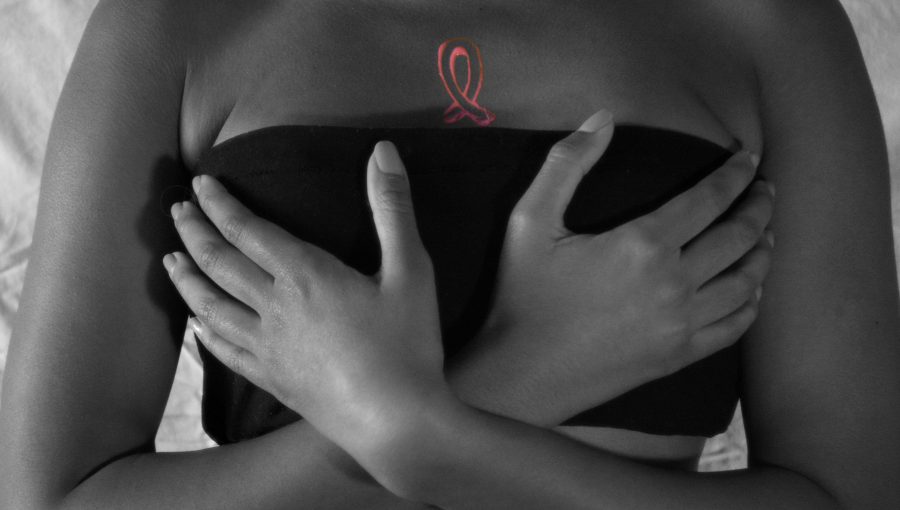The month of October brings with it many things. Trees in differing shades of red and gold, front porches lined with jack-o-lanterns and spider webs and awareness to an affair that affects thousands of women in the world each and every day: breast cancer. Since 1985, October has officially been named National Breast Cancer Awareness Month.
Anna Clanton-Smith, a medical physicist at Bay Regional Cancer Center in Panama City, Florida, knows first hand just how important it is for all women to possess the knowledge of how to check themselves for signs and symptoms of the life-threatening disease. After working with radiation oncology for over 30 years, Smith discovered skin dimpling on her left breast in 2012, and the same on her right one in 2013.
“The importance is to be able to recognize and pinpoint when something is different about your breasts,” Smith said. “I discovered both of my own.”
Smith recalls the first time she noticed her breasts seemed different. She was looking in the mirror, lifting her arms to fix her hair, when she saw the dimpling around her left nipple.
“I’m actually lucky [my breasts] dimpled,” Smith said. “It wouldn’t have been caught as early if they hadn’t.”
As a medical professional working in oncology for over three decades, Smith was well-versed with what was happening throughout the entire process. Based on her symptoms and the appearance of her breasts in the ultrasound, Smith said she knew before she even got the results back from the lab that she had cancer.
According to a document released by the American Cancer Society in 2013 entitled “Breast Cancer Facts & Figures,” breast cancer is usually detected during a screening examination, before symptoms have developed, or after they’ve developed when a woman feels a lump.
However, most lumps woman find are not cancerous, according to the document.
“Every time I self-examined, I felt a lump,” Smith said. “It’s important to look for other symptoms, too.”
Women of all ages are encouraged to regularly self-check their breasts. Common signs of breast cancer include: small, painless lumps, underarm lymph node swelling, breast pain or heaviness, changes to the appearance of the breast and sometimes even a discharge from the nipples, according to the ACS document.
Once any sign or symptom is detected, women should immediately meet with their physician, Smith said.
“My number one tip? Know your own body very well. Check yourself,” said June McDaniel, 54, a breast cancer survivor and “breast friend” of Smith. “I probably would not be alive if I had relied on my mammogram results.”
When McDaniel first noticed a small knot in her right breast in the summer of 2013, she brushed it off because she had her yearly mammogram scheduled for the following week. After, the results from her appointment came back with no signs of cancer.
“I knew that knot had never been there, so I decided to tell my gynecologist,” McDaniel said. “She immediately said for me to go back across street to the hospital lab and get an ultrasound on [my breasts].”
The next day, McDaniel received a phone call from the hospital telling her she had breast cancer.
After chemotherapy and a double mastectomy, McDaniel was cancer free. She started a non-profit support group, You Are Not Alone, to help others that have been diagnosed with breast cancer and may not be able to afford the procedures and bills that come with it.
“I’m healthy now and enjoying precious life,” she said. “I feel so thankful and blessed every single day.”









